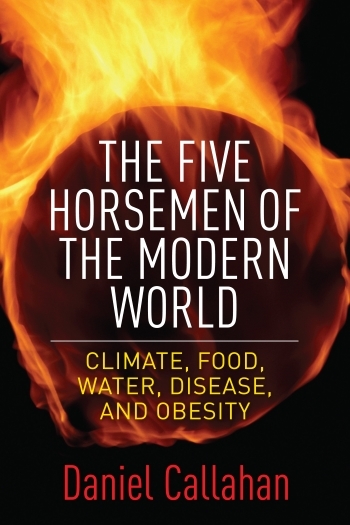Selected statements on 7 reasons
What are the economics of these extraordinary valuations? The answer must be monopoly. As of September 30, the book value of Apple’s equity was $134bn, while its market valuation was close to $900bn. The difference has to reflect the expectation of enduring “super-normal” profits. This may not be the product of malign behaviour, but of innovation and economies of scale and scope, including the network externalities that lock in customers. Yet only monopoly could deliver such super-normal profits
How should we think about competition policy for businesses that benefit from such powerful monopoly positions? A question is whether these positions are temporary — as the great Austrian economist, Joseph Schumpeter, with his idea of “creative destruction”, would argue — or lasting. This suggests a host of responses, but one at least seems straightforward. Schumpeter would argue that new entries are a necessary condition for eroding such temporary monopolies. If so, the technology giants should be strongly deterred from buying up their potential competitors. That must be anti-competitive
Yet these enormously profitable businesses are parasitic on the investments in collecting information made by others. At the limit, they will become highly efficient disseminators of non-information. This links to a further point: they can, as we now know, be used by people of ill will for the deliberate dissemination of dangerous falsehoods. These facts raise huge issues.
Finally, the activities in which the technology industry is now engaged — what Andrew McAfee and Erik Brynjolfsson call “machine, platform, crowd” — are going to have a huge impact on our labour markets and, if artificial intelligence continues to advance, on our very place in the world.
On a particular drug company, in Project Syndicate: The Opiate of the BossesWhat are the implications? They are that our futures are too important to be left to the mercies of the technology industry alone. It has done magical things. Yet nobody elected it master of the universe. Policymakers must get an intellectual grip on what is happening. The time to begin such an effort is now
Business ethics are again making headlines. This time, the focus is on the rapidly escalating opioid crisis that is destroying lives across the United States. While there is plenty of blame to go around, the largest share of the guilt belongs squarely on the shoulders of the major drug companies – Big Pharma.
The cynicism with which pharmaceutical firms have encouraged opioid drug use is appalling. Providing far too little analysis and oversight, they distribute opiates widely, alongside misinformation about how addictive the drugs truly are. Then they entice doctors with inducements and giveaways – including trips, toys, fishing hats, and, in one case, a music CD called “Get in the Swing with OxyContin” (one of the most popular opioids) – to prescribe them.
In 2007, several executives of the parent company of Purdue Pharma, which markets OxyContin, pleaded guilty to misleading doctors, regulators, and patients about the risk of addiction associated with the drug. The company was hit with some $600 million in fines and penalties.




